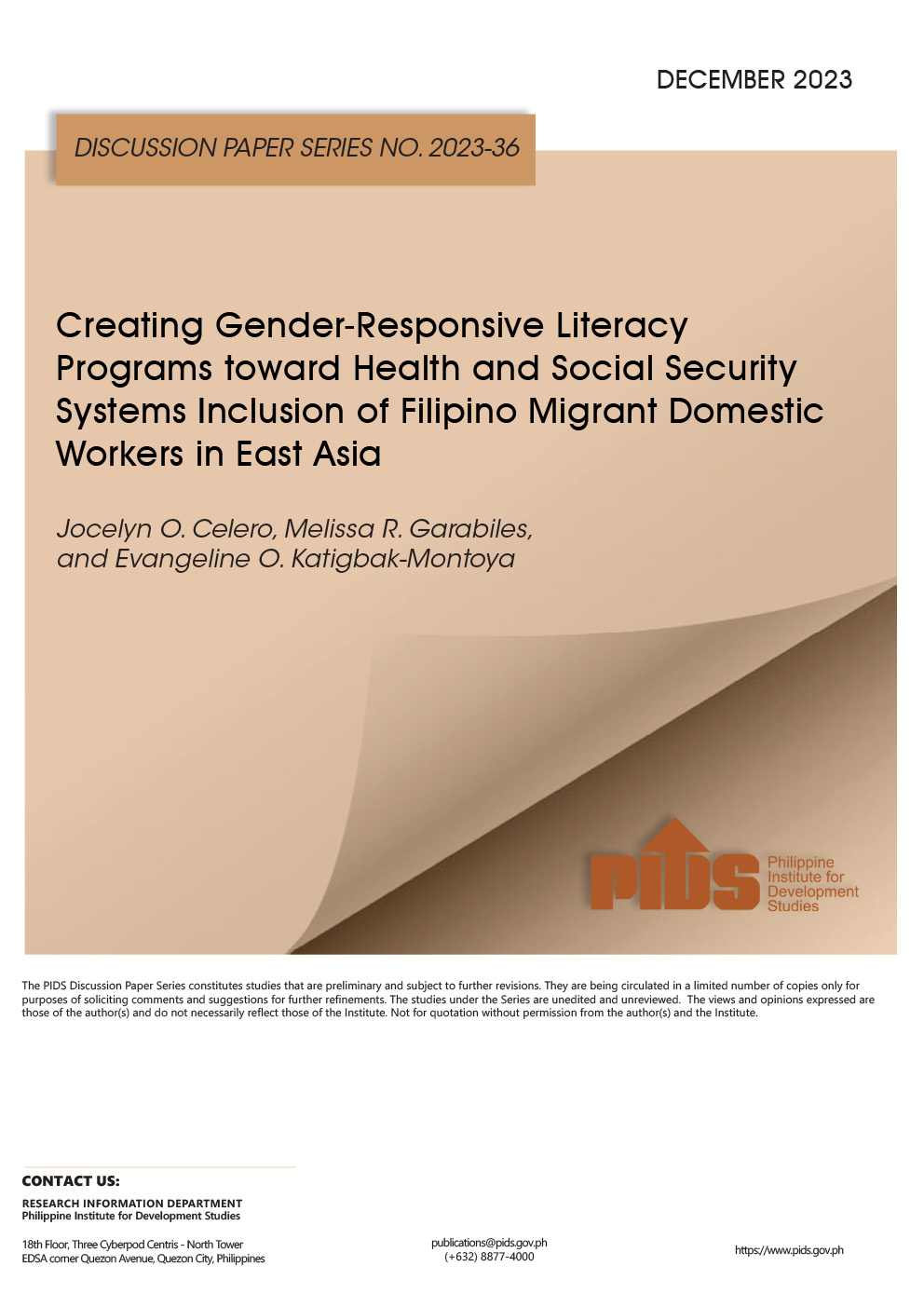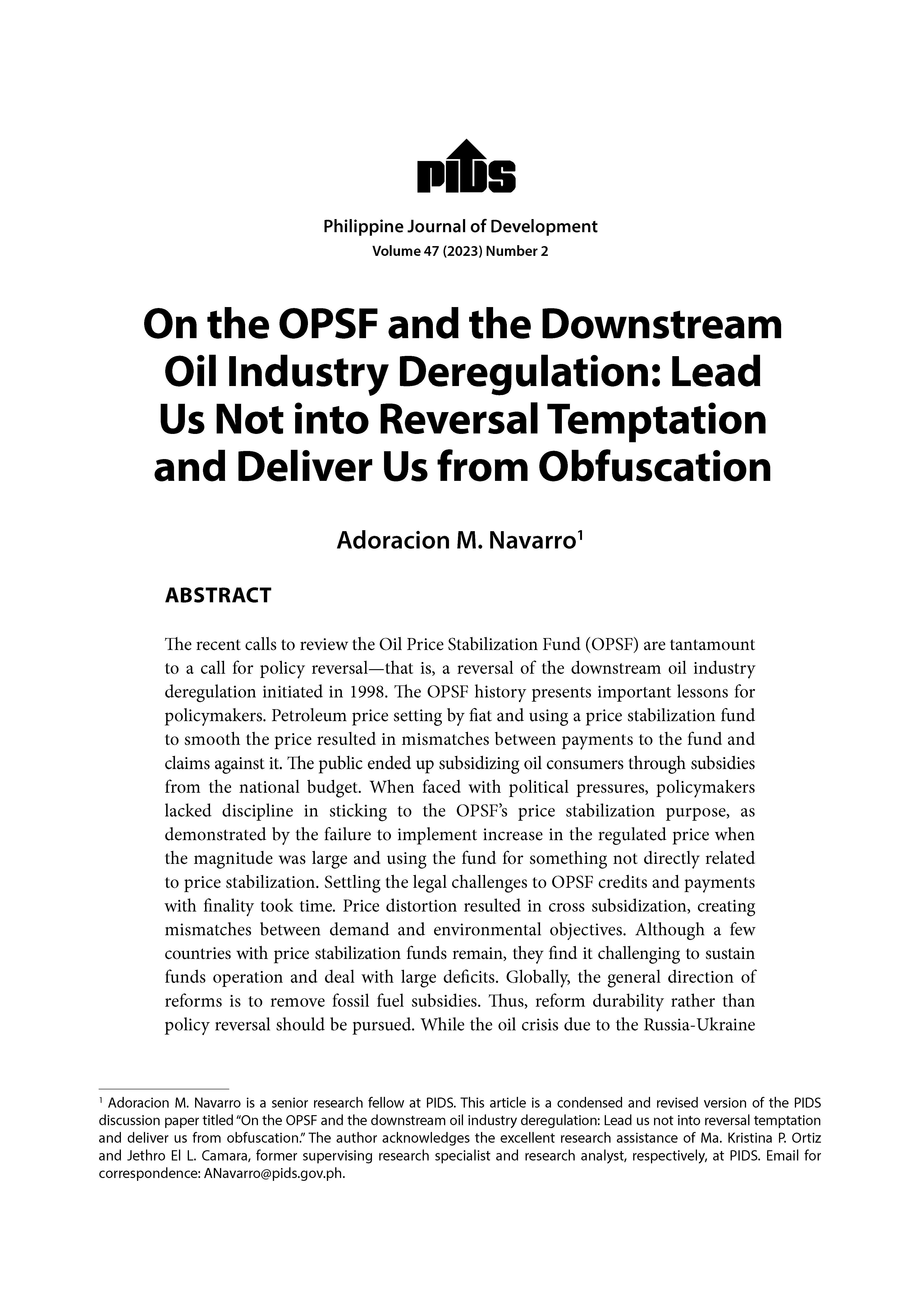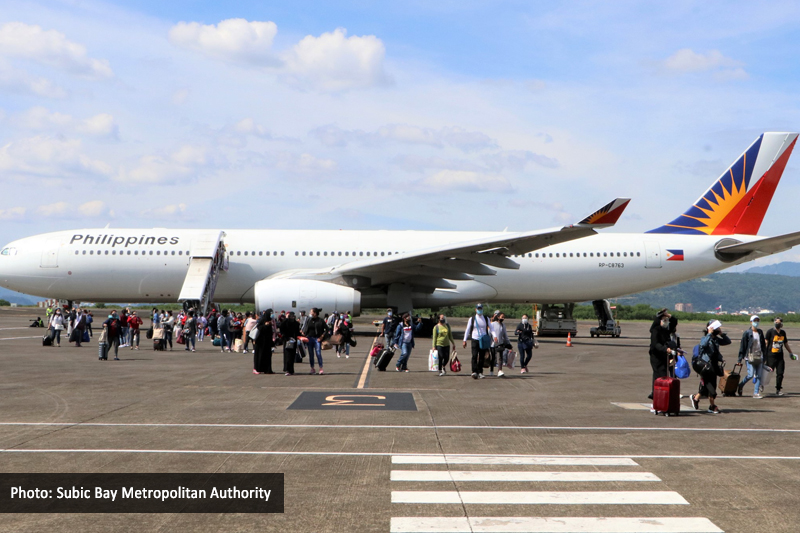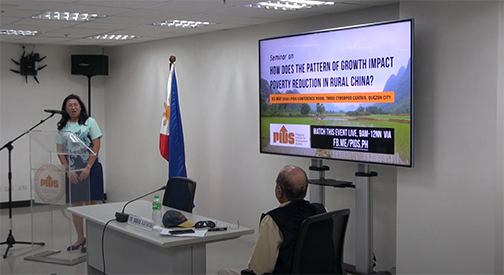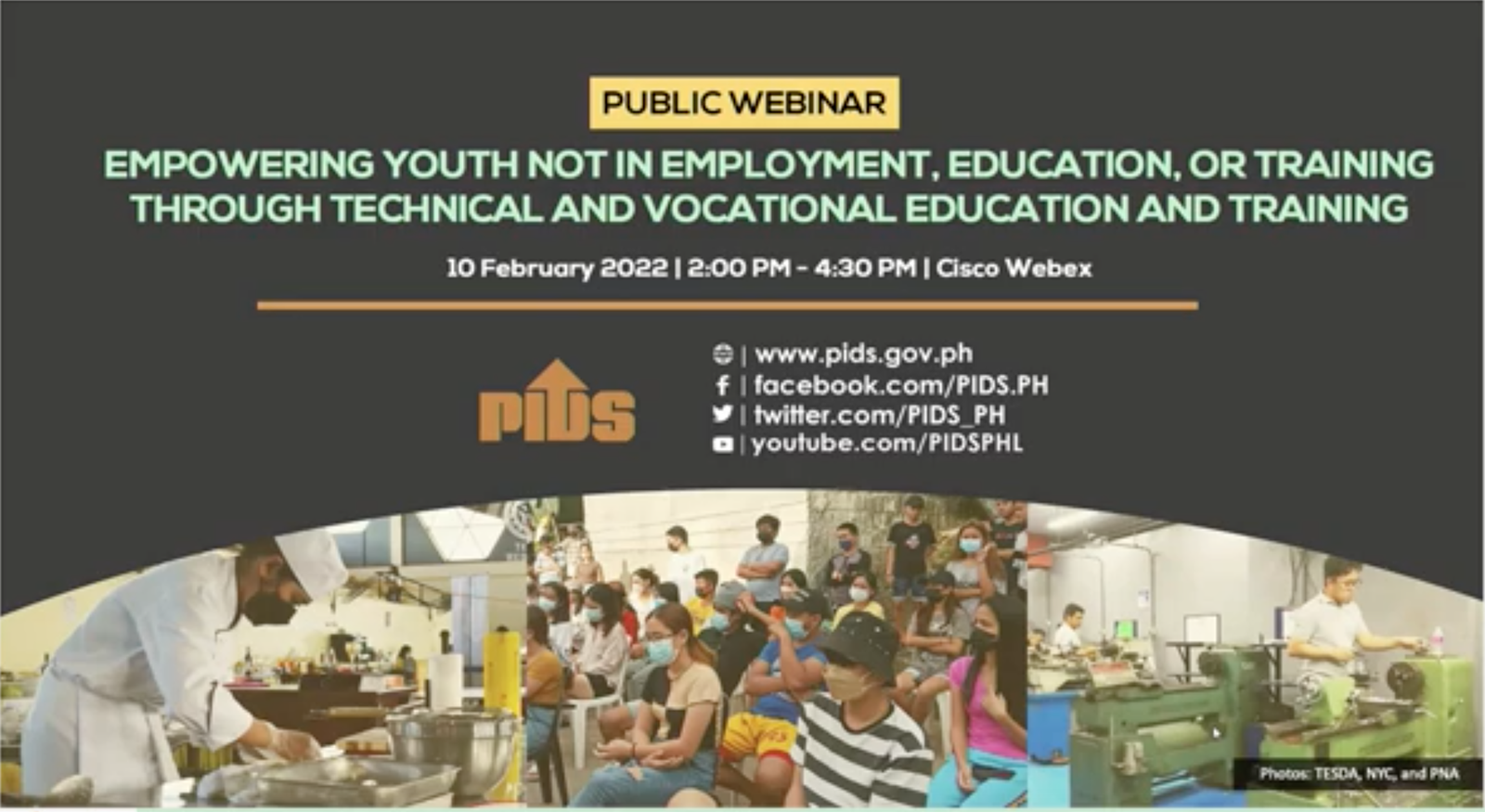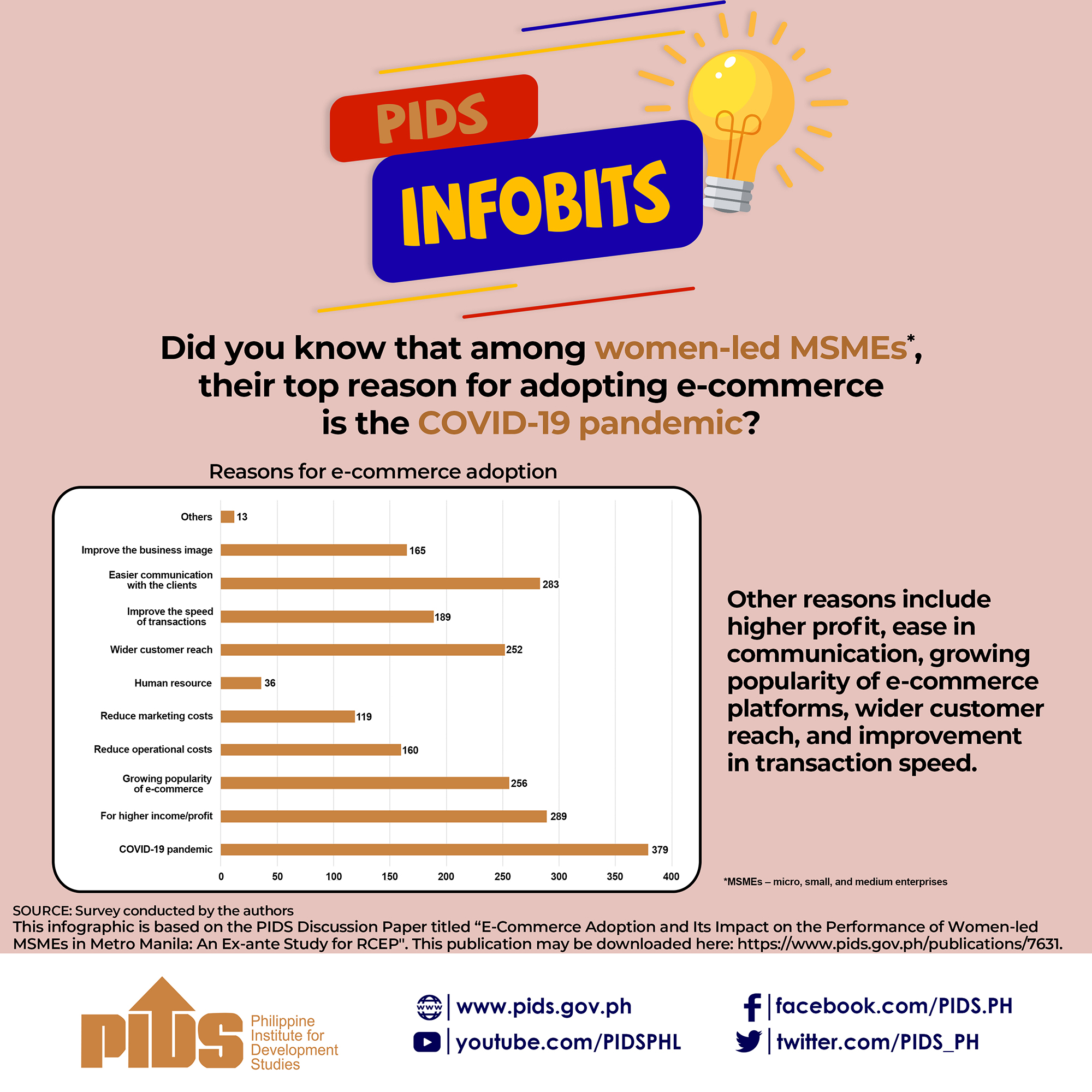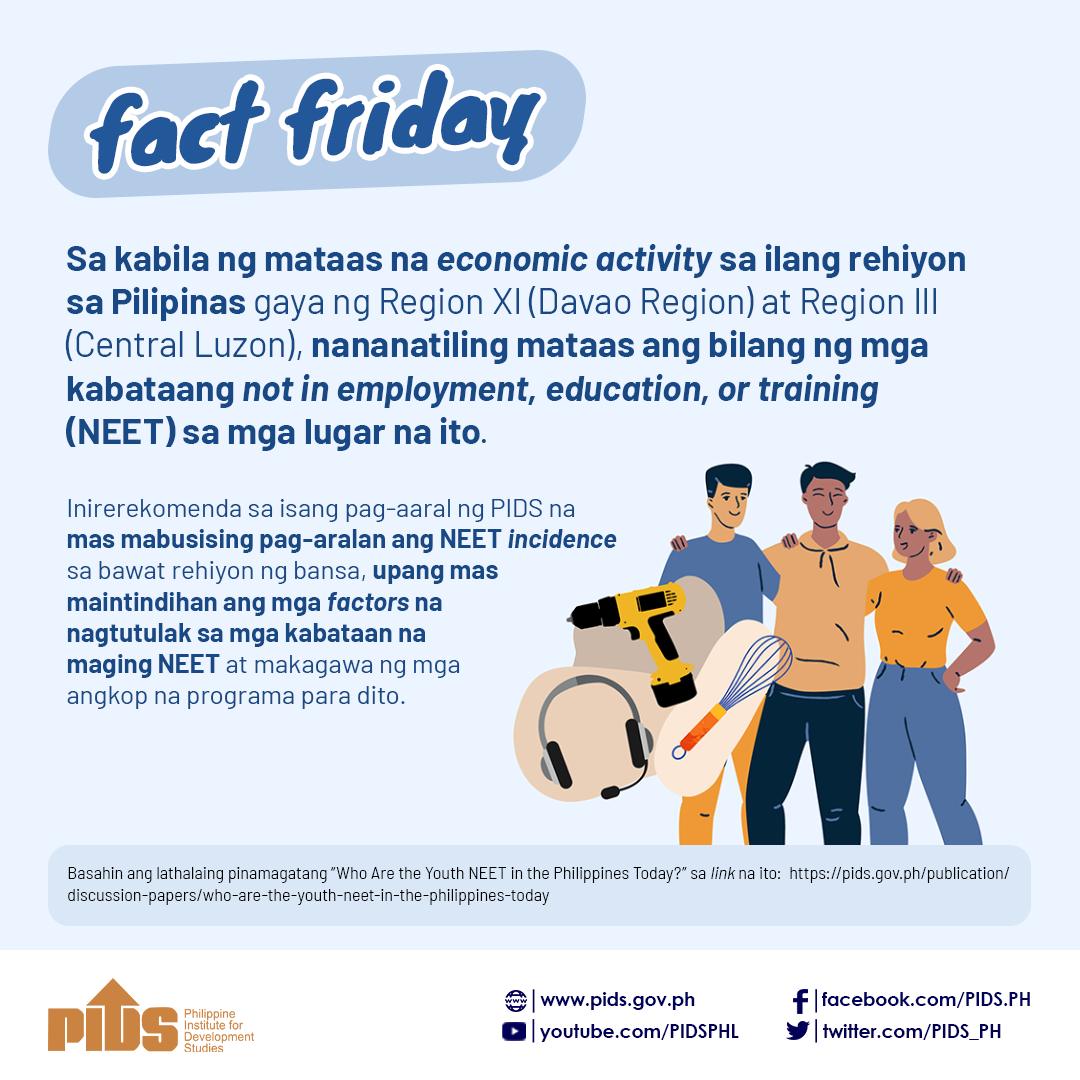THE Philippines is unlikely to be the top choice of Japanese manufacturing companies that are planning to shift production out of China, the Japanese Chamber of Commerce and Industry of the Philippines, Inc. (JCCIPI) said.
“They really want to move out from China to other countries, but unfortunately, they consider first Vietnam, Indonesia, and Thailand because of supply chain, resources, and raw material production,” JCCIPI Vice-President and Executive Director Nobuo Fujii said in an e-mail on Wednesday.
Japan is looking to reduce its reliance on China as a manufacturing base, amid supply chain disruptions caused by coronavirus disease 2019 (COVID-19) pandemic. The Japanese government earlier this month announced it has set aside $2.2 billion of its economic stimulus package to help its manufacturers move production out of China and into Japan or Southeast Asia.
Mr. Fujii said manpower resources is the best way to attract Japanese companies to the Philippines.
“But lack of supply chain and raw material production is a bottleneck. And furthermore, perception of country image. We have been trying to change this (for a) long time, but we cannot say success,” he said.
The JCCIPI currently has around 600 member companies.
Takashi Ishihara, executive director of the Japan External Trade Organization (JETRO) in Manila, said in an e-mail on Wednesday that their 2019 report found that 17 Japanese manufacturers in East Asian countries considered relocating their manufacturing base to the Philippines in response to US-China trade talks.
But 42.3% of companies in the report selected Vietnam as a transfer destination, followed by 20.6% that picked Thailand and 18.6% chose the Philippines.
“Meanwhile, under the impact of COVID-19, many Japanese manufacturers are facing problems on their supply chain as their key factories are located in the specific countries,” he said.
Mr. Ishihara said Japanese companies are willing to do business in the Philippines as long as the country retains its advantages, including a talented and English-speaking work force, competitive employee compensation and ease of hiring, smooth communication with local staff, a growing local market, and tax incentives.
University of Asia and the Pacific Economist Cid Terosa said in an e-mail on Thursday that Japanese investors are also looking for complementary infrastructure such as transportation networks and telecommunications services, competitively priced utilities, and a liberal investment climate for foreign businesses.
He said the companies are looking for a predictable business environment, such as reduced policy inconsistencies and revisions.
Philippine Institute for Development Studies Research Fellow Francis Mark Quimba said the Philippines is doing well in terms of quality of workers.
“We are trying to improve the quality of infrastructure and reducing the cost of electricity. Also, incumbent Japanese companies have perceived the Philippines as friendly in terms of supporting the Japanese workers who transfer here,” he said in an e-mail on Thursday.
After joining investment promotion activities of the trade department in Japan, Mr. Quimba found that the companies are also considering the number of engineers and the socioeconomic status of Japanese people in the country as factors for investment.
“Incumbent Japanese companies are important resources for other companies (maybe their suppliers or customers) who are looking to transfer their business to the Philippines so we should work with the incumbent Japanese companies to prepare an investment promotion strategy,” he said.
Mr. Quimba said Japanese companies will also be taking a close look at the Philippine’s immediate and long-term response to the COVID-19 outbreak.
The government placed Luzon under enhanced community quarantine (ECQ) on March 16, which halted almost all economic activity. Companies have been forced to stop operations, although in recent weeks some manufacturing firms have been allowed to resume operations but under certain conditions such as social distancing. The ECQ is scheduled to be lifted on April 30.
Japanese firms may also consider the impact of the lockdown on businesses, such as regulations and conditions that would allow companies to continue manufacturing operations.
“The incumbent Japanese companies may also view the Philippine response as indicators of good governance: level of transparency of the Philippine government; degree of responsiveness and how participative or consultative it is,” he said.
Mr. Quimba said the companies will also look at the Philippines’ post-COVID-19 response in terms of business environment, incentives, and available support.
“We need to communicate these plans as early as now so the companies moving out of China can already formulate their plans and include the Philippines as an option. We need to send the right signals as early as now,” he said.
“They really want to move out from China to other countries, but unfortunately, they consider first Vietnam, Indonesia, and Thailand because of supply chain, resources, and raw material production,” JCCIPI Vice-President and Executive Director Nobuo Fujii said in an e-mail on Wednesday.
Japan is looking to reduce its reliance on China as a manufacturing base, amid supply chain disruptions caused by coronavirus disease 2019 (COVID-19) pandemic. The Japanese government earlier this month announced it has set aside $2.2 billion of its economic stimulus package to help its manufacturers move production out of China and into Japan or Southeast Asia.
Mr. Fujii said manpower resources is the best way to attract Japanese companies to the Philippines.
“But lack of supply chain and raw material production is a bottleneck. And furthermore, perception of country image. We have been trying to change this (for a) long time, but we cannot say success,” he said.
The JCCIPI currently has around 600 member companies.
Takashi Ishihara, executive director of the Japan External Trade Organization (JETRO) in Manila, said in an e-mail on Wednesday that their 2019 report found that 17 Japanese manufacturers in East Asian countries considered relocating their manufacturing base to the Philippines in response to US-China trade talks.
But 42.3% of companies in the report selected Vietnam as a transfer destination, followed by 20.6% that picked Thailand and 18.6% chose the Philippines.
“Meanwhile, under the impact of COVID-19, many Japanese manufacturers are facing problems on their supply chain as their key factories are located in the specific countries,” he said.
Mr. Ishihara said Japanese companies are willing to do business in the Philippines as long as the country retains its advantages, including a talented and English-speaking work force, competitive employee compensation and ease of hiring, smooth communication with local staff, a growing local market, and tax incentives.
University of Asia and the Pacific Economist Cid Terosa said in an e-mail on Thursday that Japanese investors are also looking for complementary infrastructure such as transportation networks and telecommunications services, competitively priced utilities, and a liberal investment climate for foreign businesses.
He said the companies are looking for a predictable business environment, such as reduced policy inconsistencies and revisions.
Philippine Institute for Development Studies Research Fellow Francis Mark Quimba said the Philippines is doing well in terms of quality of workers.
“We are trying to improve the quality of infrastructure and reducing the cost of electricity. Also, incumbent Japanese companies have perceived the Philippines as friendly in terms of supporting the Japanese workers who transfer here,” he said in an e-mail on Thursday.
After joining investment promotion activities of the trade department in Japan, Mr. Quimba found that the companies are also considering the number of engineers and the socioeconomic status of Japanese people in the country as factors for investment.
“Incumbent Japanese companies are important resources for other companies (maybe their suppliers or customers) who are looking to transfer their business to the Philippines so we should work with the incumbent Japanese companies to prepare an investment promotion strategy,” he said.
Mr. Quimba said Japanese companies will also be taking a close look at the Philippine’s immediate and long-term response to the COVID-19 outbreak.
The government placed Luzon under enhanced community quarantine (ECQ) on March 16, which halted almost all economic activity. Companies have been forced to stop operations, although in recent weeks some manufacturing firms have been allowed to resume operations but under certain conditions such as social distancing. The ECQ is scheduled to be lifted on April 30.
Japanese firms may also consider the impact of the lockdown on businesses, such as regulations and conditions that would allow companies to continue manufacturing operations.
“The incumbent Japanese companies may also view the Philippine response as indicators of good governance: level of transparency of the Philippine government; degree of responsiveness and how participative or consultative it is,” he said.
Mr. Quimba said the companies will also look at the Philippines’ post-COVID-19 response in terms of business environment, incentives, and available support.
“We need to communicate these plans as early as now so the companies moving out of China can already formulate their plans and include the Philippines as an option. We need to send the right signals as early as now,” he said.

